Heat Transfers
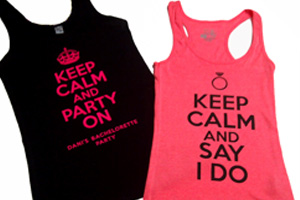 For cost-effective printing on a single or small quantity of t-shirts (usually less than 10), we offer heat transfer printing. It’s quick, with minimal setup costs, and allows enough flexibility to be able to create beautiful results!
For cost-effective printing on a single or small quantity of t-shirts (usually less than 10), we offer heat transfer printing. It’s quick, with minimal setup costs, and allows enough flexibility to be able to create beautiful results!
Although we specialise in Screen Printing, in certain circumstances some designs or logos are better suited to using heat transfer printing which involves heat pressing a special printed t-shirt vinyl or cut-out coloured vinyl onto garments.
When to use Heat Transfer Printing:
• Individual Names or Numbers
• Single custom garments
• Small orders (usually less than 10)
• For full colour photographs with sharp detail
• For fashion effect prints – Glitter / Starflex / Neon Colours
• When a one-off sample is required
Types of Heat Transfer Vinyls?:
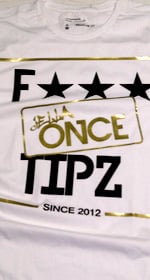 Cutout Coloured Vinyl:
Cutout Coloured Vinyl:
Best suited for cut out letters, simple spot colour designs or individual numbers/names on t-shirts.
The design is cut out of the chosen vinyl colour, weeded (excess removed) and then heat pressed onto the t-shirt.
We can create great t-shirt prints, using coloured vinyls which include colours, glitters and bright dayglo colours. They are premium polyurethane vinyls which can be used on white or coloured t-shirts.
Full Colour Vinyl: 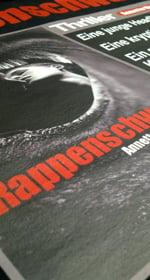
Full colour vinyl prints are best used for graphics, photos and some logos.
The design is printed in CMYK onto the vinyl, cut to shape, weeded (excess removed) and then heat pressed onto the t-shirt.
Perfect for creating small amounts of t-shirts with a company logo or photo. The vinyl is a premium polyurethane t-shirt vinyl from Germany which can be used on both white or coloured shirts.
How the Process Works:
We use a 40cm x 40cm heat press. Unlike screen printing, where the ink absorbs slightly into the garment, heat transfers sit on top of the garment. They look sharp and retain a bright colour as the garment base colour does not affect the design. A heat transfer can be made of either a full colour printed vinyl or a one colour vinyl, which is then weeded and applied to the garment using the heat press.
Vinyl Colours:
The following are the range of vinyl colours we use:
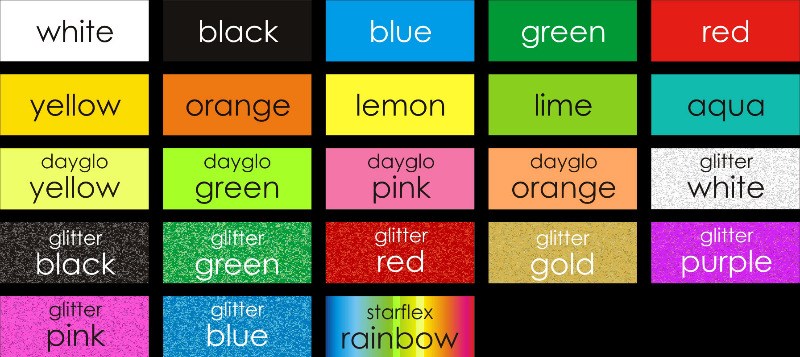
Fonts:
The following fonts are recommended for heat transfer prints: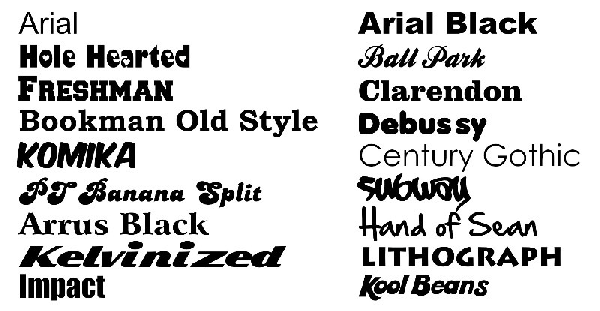
Lead Time:
Our standard lead time is approx. 5 working days, dependent on the current production schedule at time of your order. Always allow additional time for artwork, proofing and any unforseen circumstances (such as power cuts) if possible. If you need sooner, please let us know when you need your order ready by and we’ll do our best to achieve.
Heat Transfer Printing FAQ:
Are Heat Transfer Prints Durable?
Not as durable as screen printing, though the technology has come a long way in recent years. We use the Poli-tape range of premium vinyls, which are polyurethane based, fully washable and colour fast when washed at 40ºc and suitable for dry cleaning. For best results we recommend washing the garment inside out on a cool wash.
Do you supply the t-shirts or must the customer supply?
For single t-shirts or quantities less than 10, we require the customer to supply their own garment/s as we have a minimum quantity of 10 in order to supply. You can drop off the shirt at our shop during office hours and we will print it and contact you as soon as ready.
What type of shirts can you print onto?
We require a cotton or poly-cotton blend t-shirt. For best results please check the label before purchasing your garments.
We are not able to heat transfer onto Lycra, Wool, Leather, Nylon.
What is the largest you can print?
Our standard t-shirt print size is A4 (approx 210mm x 300mm) however we can go as large as A3 if it fits onto the t-shirt. Please note we cannot heat press the print over buttons, pockets, seams. lacey frills or stitching - we need a nice flat surface to apply the print to.
How must I supply the Artwork?
For best results we need the artwork in a vector format such as Corel Draw or Adobe Illustrator, Vector artwork prints/cuts clean and crisp. If using Photoshop please make sure the initial workspace is setup to 300dpi and then import any images into that workspace so that they are high resolution.
Images off the internet generally do not work as they are too low in resolution, resulting in blurry and fuzzy prints with no detail. As well as that images off the internet may be copyright.